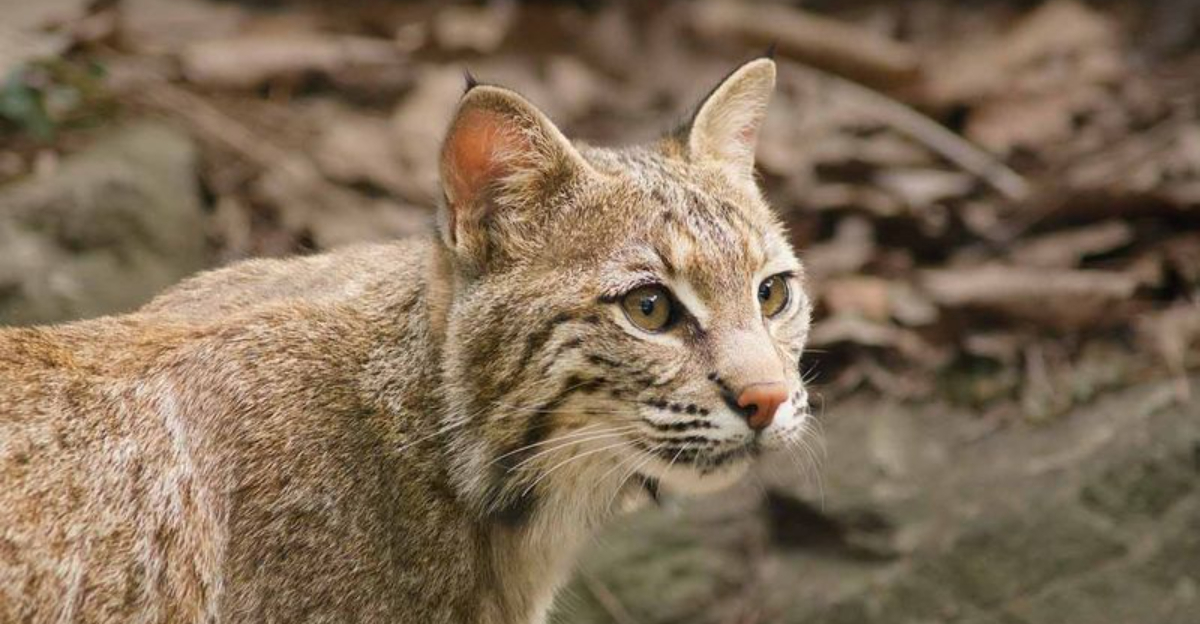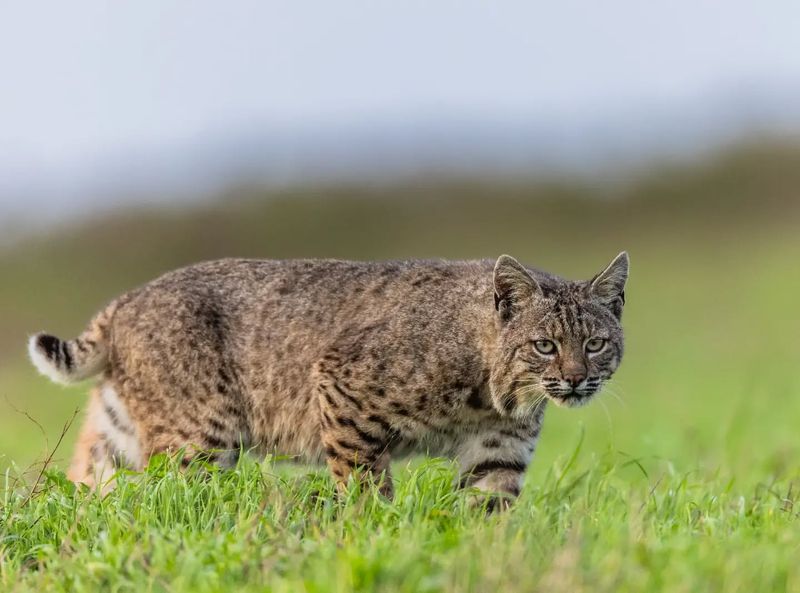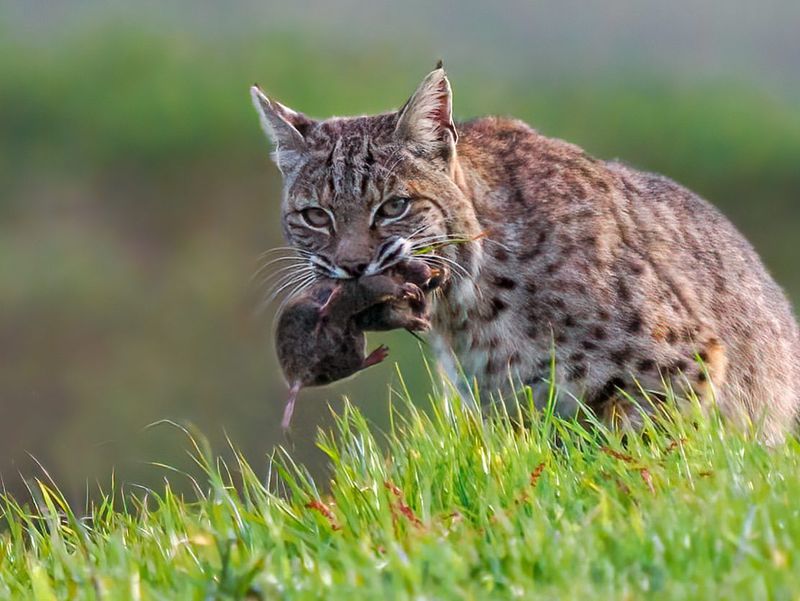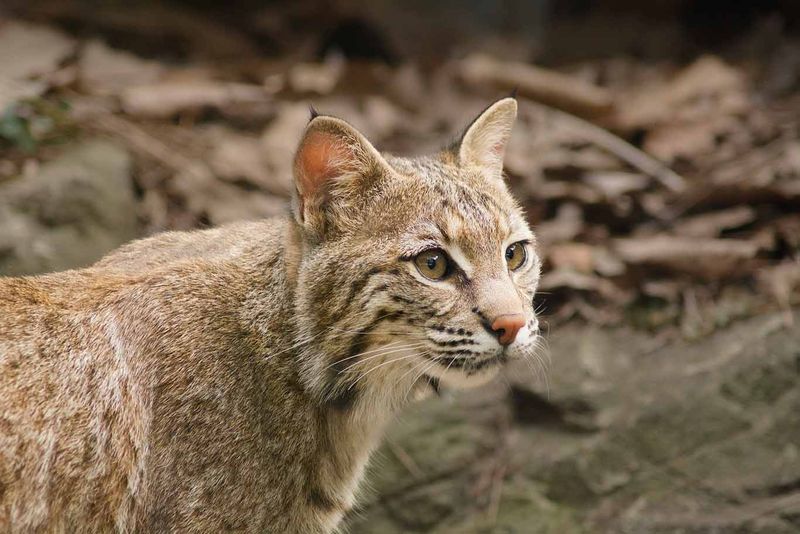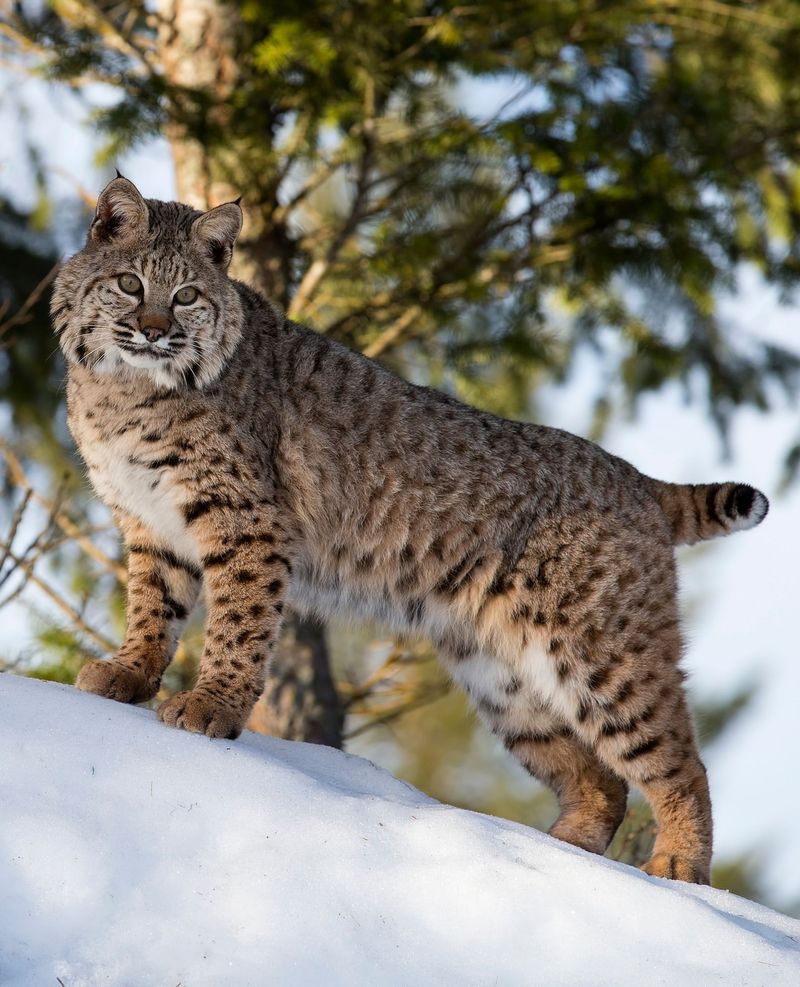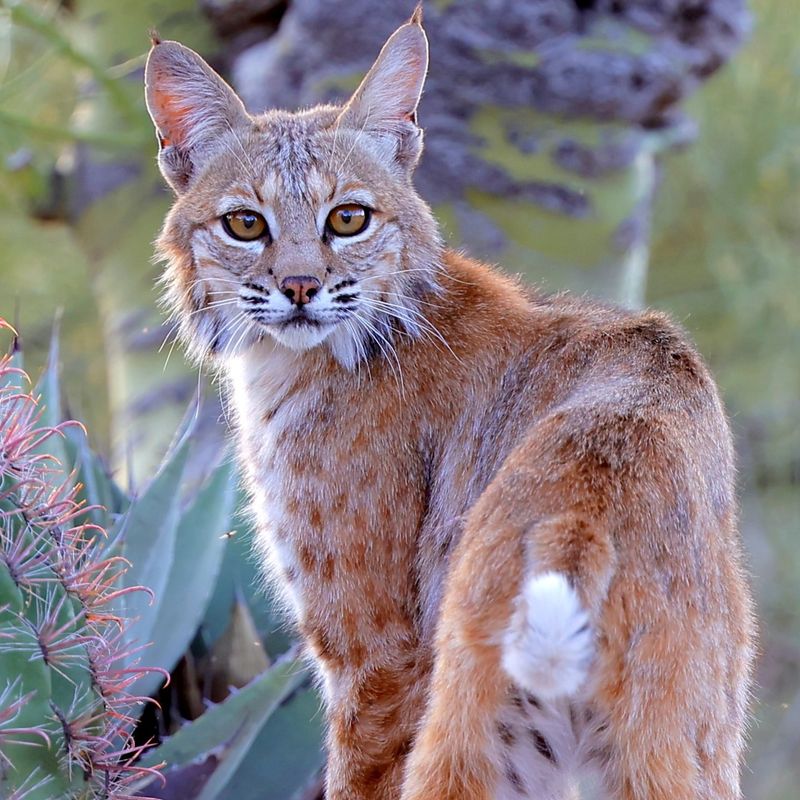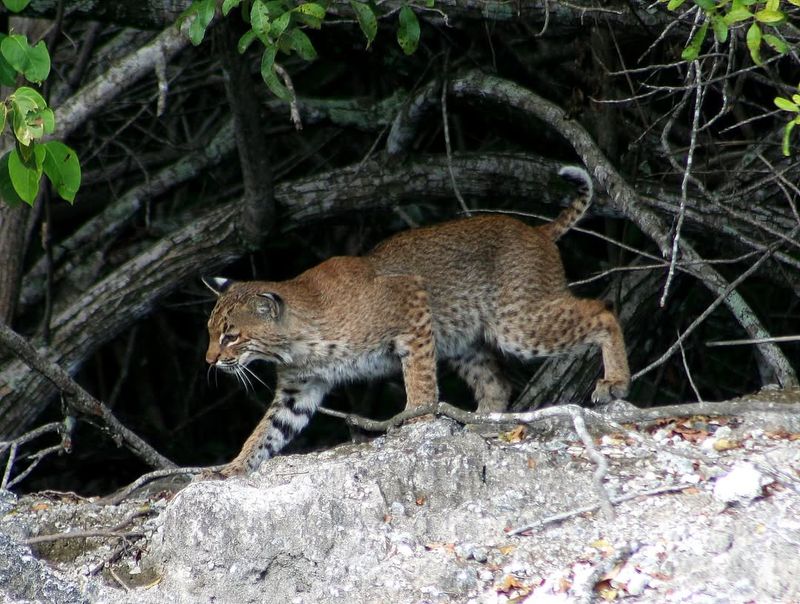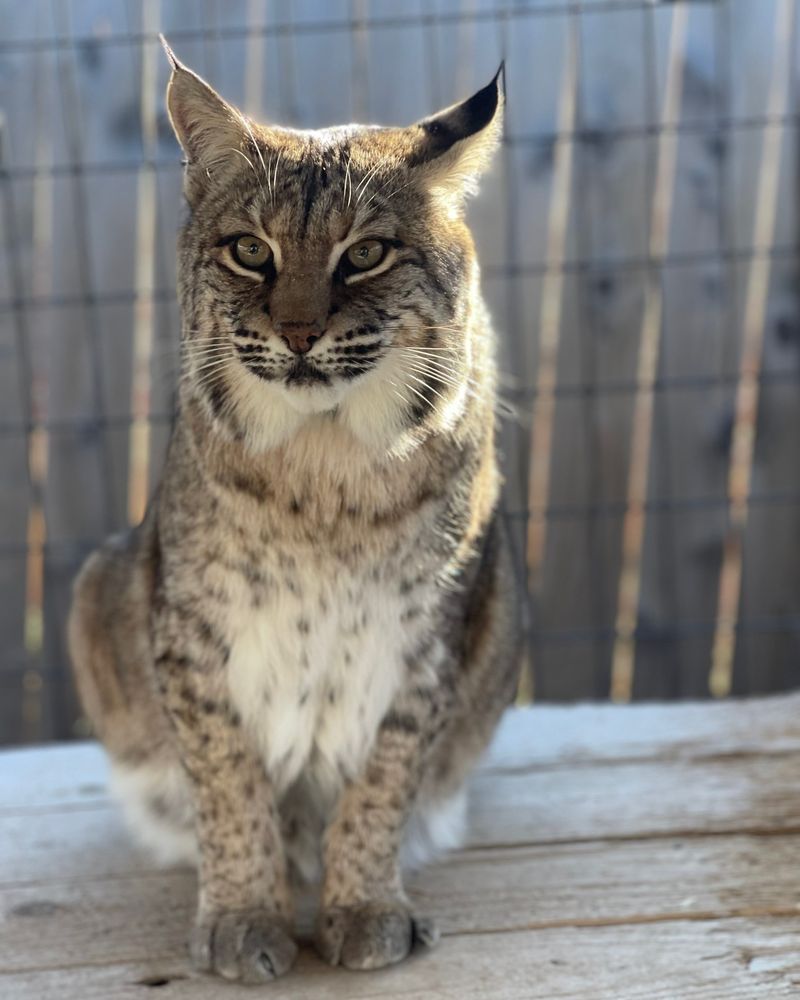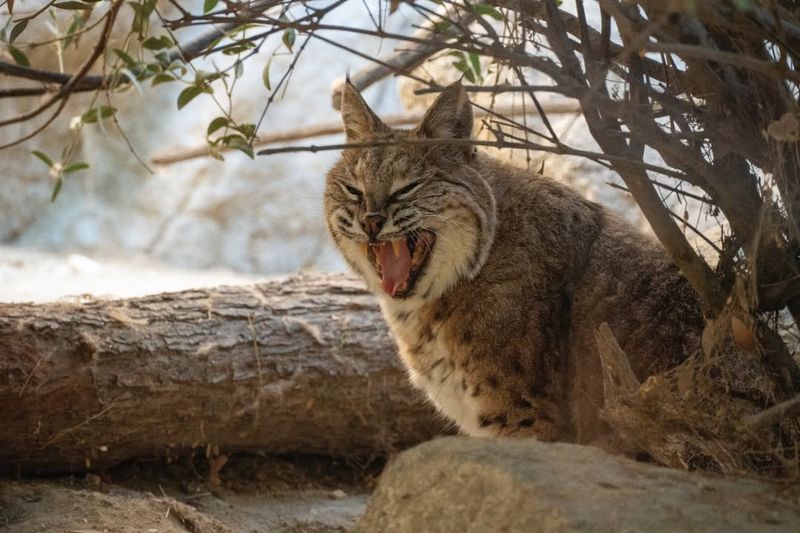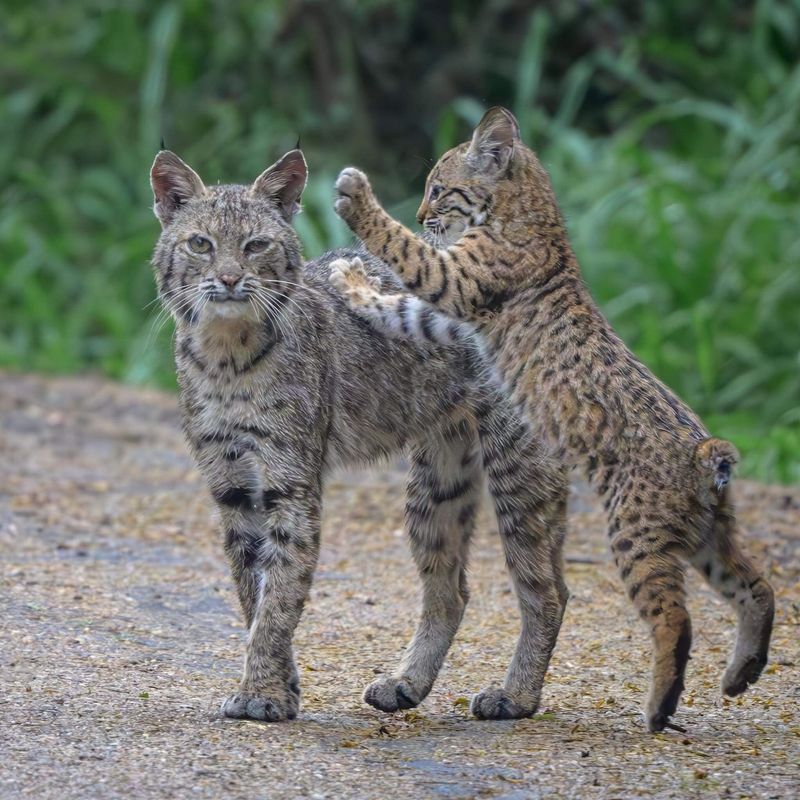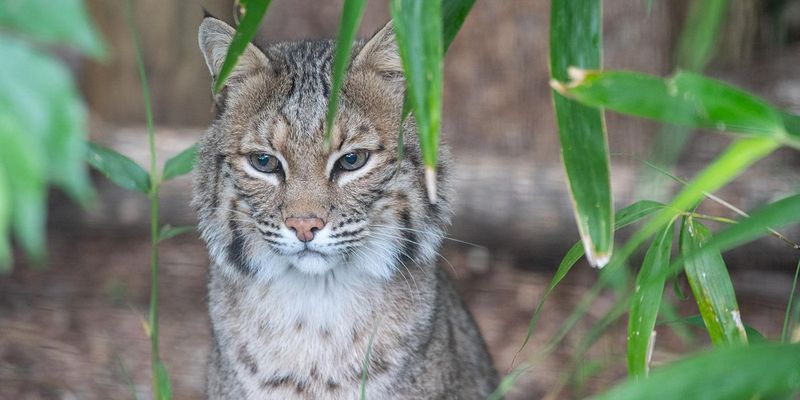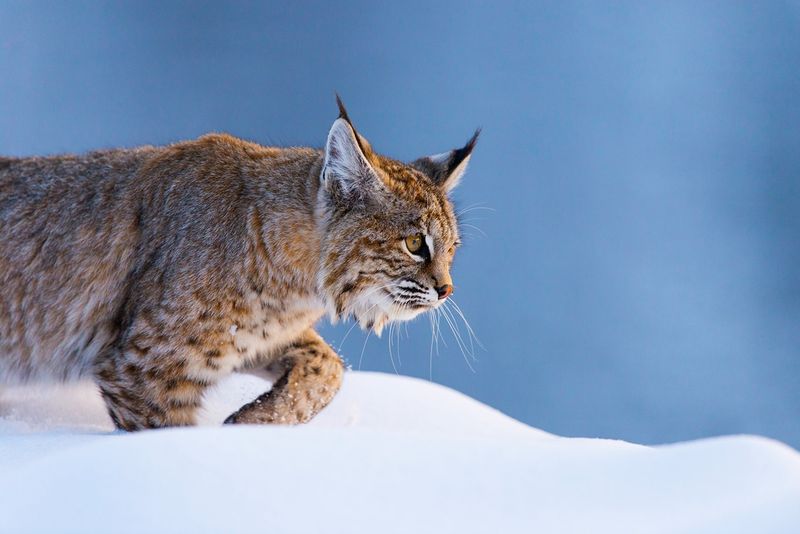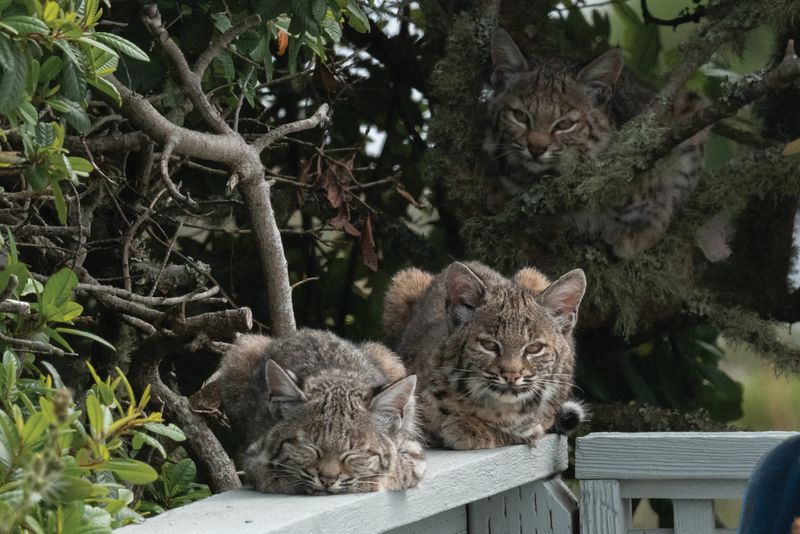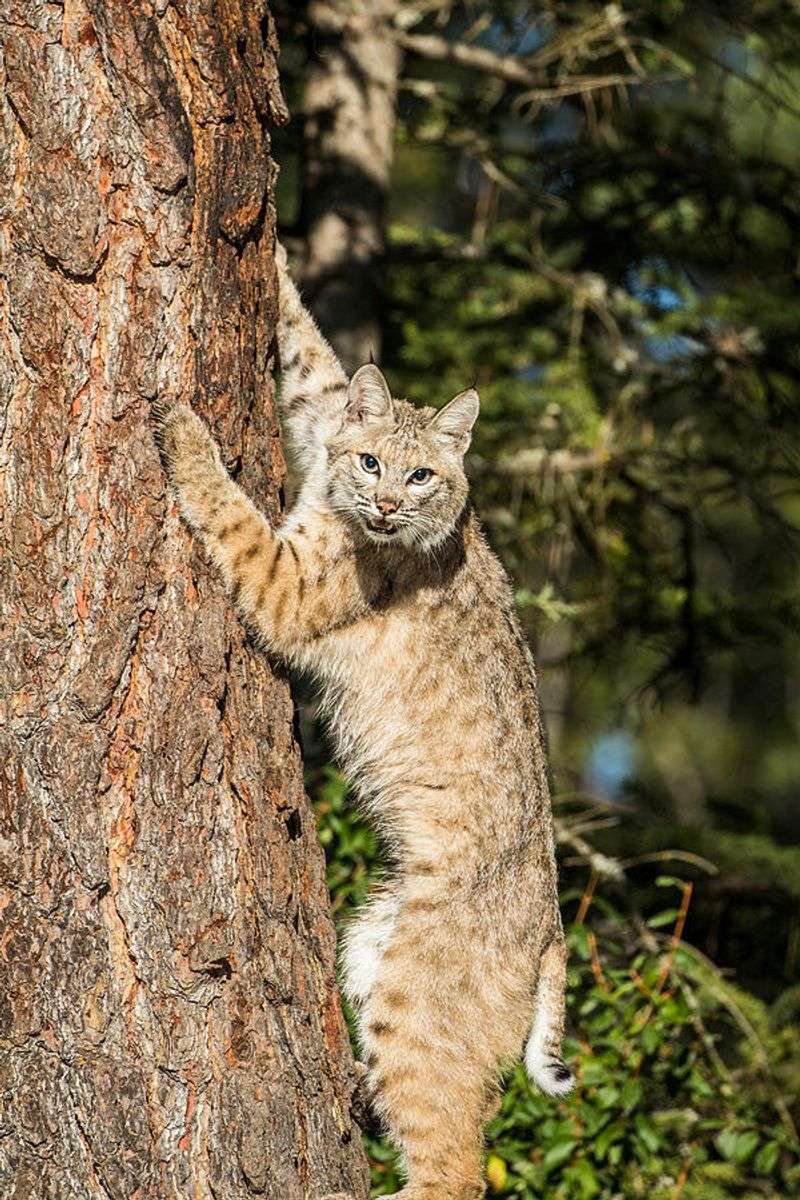📖 Table of Content:
Bobcats, native to North America, are known for their stealth and adaptability in the wild. Their elusive nature and striking features captivate wildlife lovers and researchers. Exploring their world reveals the unique traits and survival skills that set them apart.
From their diverse habitats to their impressive hunting techniques, bobcats demonstrate remarkable resilience. These medium-sized wild cats thrive in forests, deserts, and even suburban areas. Understanding their behaviors offers a glimpse into how they navigate and flourish in various environments.
Learning about bobcats deepens appreciation for their role in the ecosystem. Their solitary yet resourceful lifestyle reflects nature’s balance and adaptability. Each fact uncovered highlights the incredible nature of these wild cats and their enduring mystique.
1. Silent Stalkers
Bobcats are known for their exceptional stalking abilities. With padded paws and a unique hunting style, they can quietly approach their prey without being detected. Their patience is unmatched, as they often wait motionless for hours, ready to pounce when the perfect moment arrives.
This stealthy approach makes them highly effective hunters. Whether moving through dense forests or open fields, bobcats blend seamlessly into their surroundings. Their adeptness at camouflage adds to their mystique, making sightings a rare and exciting experience for wildlife watchers. Witnessing a bobcat in action is truly witnessing nature at its best.
2. Diverse Diet
Thriving across diverse habitats, bobcats maintain a versatile diet of small mammals, birds, and reptiles. Their adaptability in hunting and foraging ensures they can survive in a wide range of environments. Depending on availability, they may hunt rabbits, rodents, or even deer. Their ability to adapt their diet based on environmental conditions is impressive. In times of scarcity, bobcats have been observed eating insects and even carrion.
This opportunistic feeding behavior ensures their survival across various climates and terrains. Understanding their diet helps us appreciate their role as both predator and prey in maintaining the balance of their ecosystems.
3. Territorial Markers
They are solitary creatures with well-defined territories. They use scent marking to establish boundaries and communicate with other bobcats. These scent markers are left through glands on their faces and paws. This behavior prevents overcrowding and competition for resources.
Bobcats’ territorial ranges can vary greatly, from a few square miles to over 50, depending on prey availability and population density. Observing these markers provides insight into the social structure and behavior of bobcats. For wildlife researchers, scent marking is a key indicator of bobcat presence and territorial dynamics.
4. Adaptable Habitats
Adaptable and resilient, bobcats make their homes in environments ranging from dense forests and arid deserts to the edges of suburban neighborhoods. That’s one of their greatest strengths, allowing them to thrive in diverse conditions. They are known to adjust their hunting strategies and diets based on their surroundings.
In suburban areas, they have been observed utilizing green spaces and adapting to human presence. This adaptability not only helps them survive but also showcases their resilience in the face of environmental changes. Understanding their habitat preferences aids in conservation efforts and coexistence initiatives.
5. Solitary Nature
Preferring solitude, bobcats live and hunt alone, a trait that plays a vital role in their survival. This independence helps reduce competition for food, allowing them to efficiently navigate their territories and secure resources. They are primarily nocturnal, using the cover of night to hunt and explore their territories. Though generally solitary, bobcats do come together for mating and when raising young. Their solitary nature adds to their elusiveness, making close encounters rare and special.
Wildlife enthusiasts and photographers cherish these moments, as they offer a glimpse into the life of one of North America’s most enigmatic predators. Observing a solitary bobcat is a memorable experience.
6. Remarkable Agility
Known for their agility, bobcats can leap great distances with ease. Their powerful hind legs allow them to jump as far as 10 feet in a single bound. This agility is crucial for hunting and escaping predators. Whether navigating rocky terrains or dense forests, bobcats’ nimbleness keeps them safe and efficient hunters.
Their muscular build and keen reflexes are a testament to their evolutionary success. Watching a bobcat in motion is a visual treat, highlighting its grace and power. For wildlife observers, witnessing this agility is both awe-inspiring and educational, showcasing nature’s engineering at its finest.
7. Distinctive Appearance
With tufted ears, a short “bobbed” tail, and striking facial markings, bobcats boast a distinctive appearance that blends form with function. The ear tufts enhance their hearing, while their bold facial patterns may aid in communication and individual recognition, reinforcing their role as skilled and adaptable predators.
Their coat color can vary, often providing camouflage that matches their environment. This adaptability in appearance aids in their survival, allowing them to blend seamlessly into different habitats. For wildlife photographers, capturing a bobcat’s distinct features is both challenging and rewarding, offering insights into their captivating world.
8. Vocal Communicators
While bobcats are generally silent, they use a variety of vocalizations for communication. These sounds range from growls and hisses to purrs and howls. Vocalizations are primarily used during mating season or when establishing territory.
Hearing a bobcat’s call in the wild is a rare and memorable experience, often leaving a lasting impression on those fortunate enough to experience it. Their vocal range highlights their complex social interactions and adaptability. For those studying wildlife sounds, bobcat vocalizations offer intriguing insights into their behavior and ecology, making them a fascinating subject of study.
9. Breeding Behavior
Breeding season for bobcats typically peaks between February and March, drawing males and females together through vocalizations and scent marking. Once mating concludes, the female assumes primary responsibility for raising the young. Dedicated and protective, bobcat mothers nurture their kittens in dens, gradually teaching them the vital skills needed to survive in the wild.
The birth of bobcat kittens is a significant event in their life cycle, ensuring the continuation of their species. Observing their breeding behavior provides valuable insights into their social structures and reproductive strategies, contributing to our understanding of their ecological role.
10. Conservation Status
Widespread and adaptable, bobcats hold a status of Least Concern, yet they still encounter threats from habitat loss, hunting, and vehicle collisions. Conservation efforts prioritize habitat preservation and minimizing human-wildlife conflicts. Raising awareness and fostering education play key roles in securing a sustainable future for these resilient wild cats.
National parks and wildlife refuges play a vital role in providing safe habitats for these creatures. For conservationists, the bobcat serves as an important symbol for broader environmental protection efforts. By understanding their status, we can better contribute to their preservation.
11. Cultural Significance
In Native American folklore, bobcats are revered as symbols of independence and cunning, frequently appearing in myths and stories. Some tribes regard the bobcat as a guardian of the forest, embodying the delicate balance between nature and humanity. This cultural significance deepens our appreciation of these elusive creatures, adding richness to their role in the natural world.
Learning about their role in folklore helps us appreciate their impact beyond ecology. For those interested in cultural history, exploring bobcat mythology offers a deeper connection to both the animal and the people who revere it.
12. Bobcats in Urban Areas
In recent years, bobcats have increasingly been spotted in urban and suburban areas. This shift highlights their adaptability and resilience in human-dominated landscapes. They find green spaces, such as parks and golf courses, ideal for hunting and living. While this can lead to conflicts, education and awareness can promote coexistence.
Urban bobcats play a role in controlling pest populations, benefiting local ecosystems. Observing these cats in urban settings offers a unique perspective on wildlife adaptation. For city dwellers, encountering a bobcat can be an exciting reminder of the wild world beyond concrete jungles.
13. Exceptional Climbing Skills
Bobcats boast a remarkable talent that often goes unnoticed — their incredible climbing ability. Picture this: a sleek bobcat, with its tufted ears and keen eyes, effortlessly scaling the trunk of a towering tree. In one smooth motion, it navigates the branches with a grace that would make any feline envious.
This climbing prowess is not merely for show. Bobcats use it as a strategic advantage, whether to hunt elusive prey or escape potential threats. Their strong limbs and retractable claws allow them to cling to bark and leap from branch to branch with ease. Such agility and intelligence highlight the bobcat’s adaptability in the wild, making it a master of both land and trees. So, next time you’re wandering through American forests, keep an eye on the treetops; you might just spot a bobcat showcasing its climbing skills.
